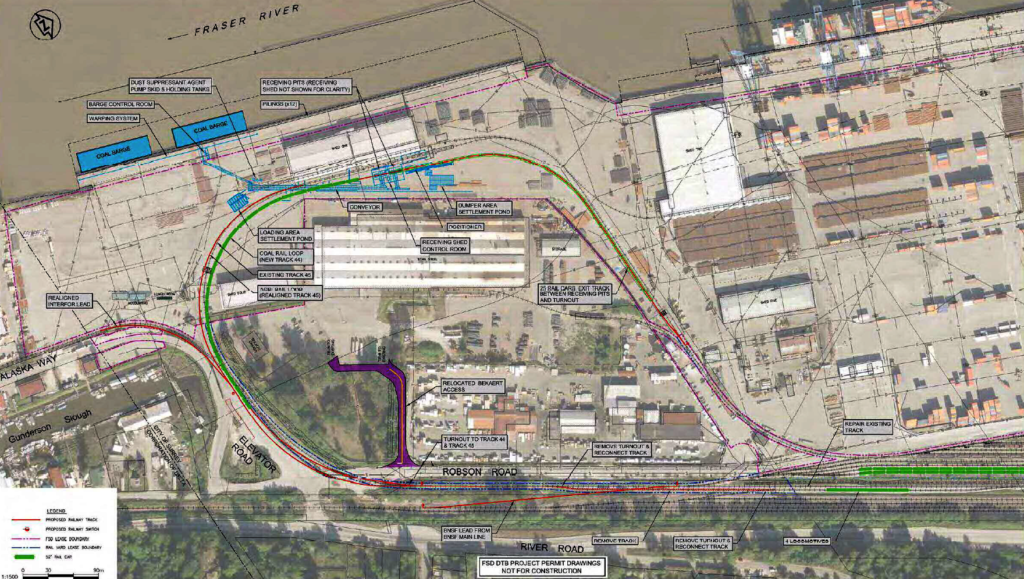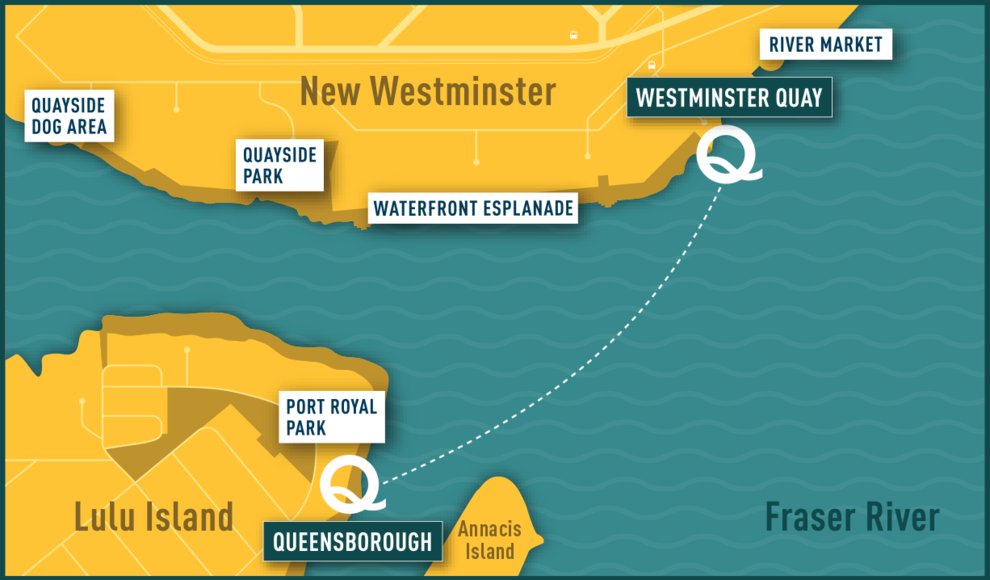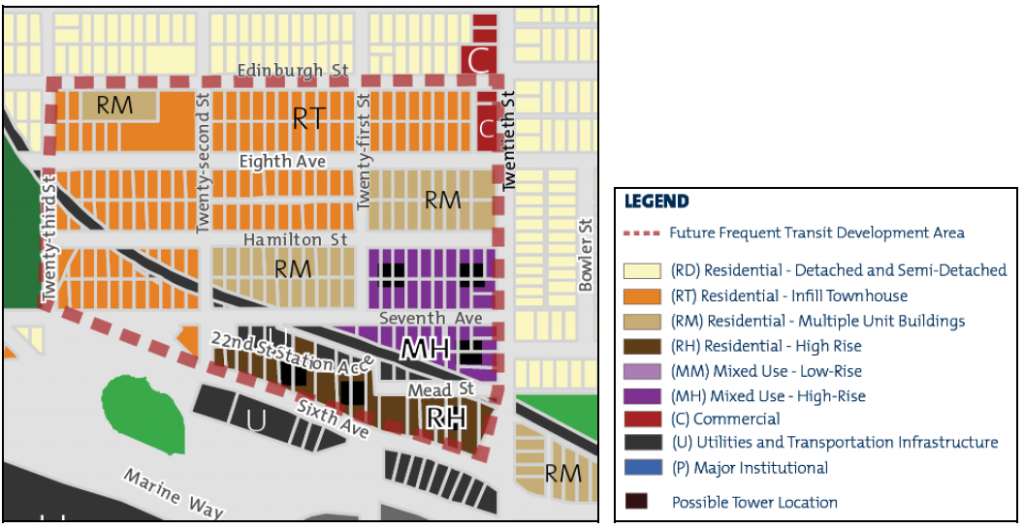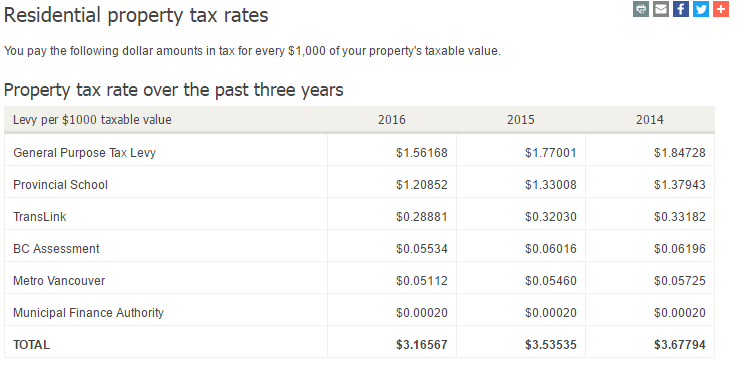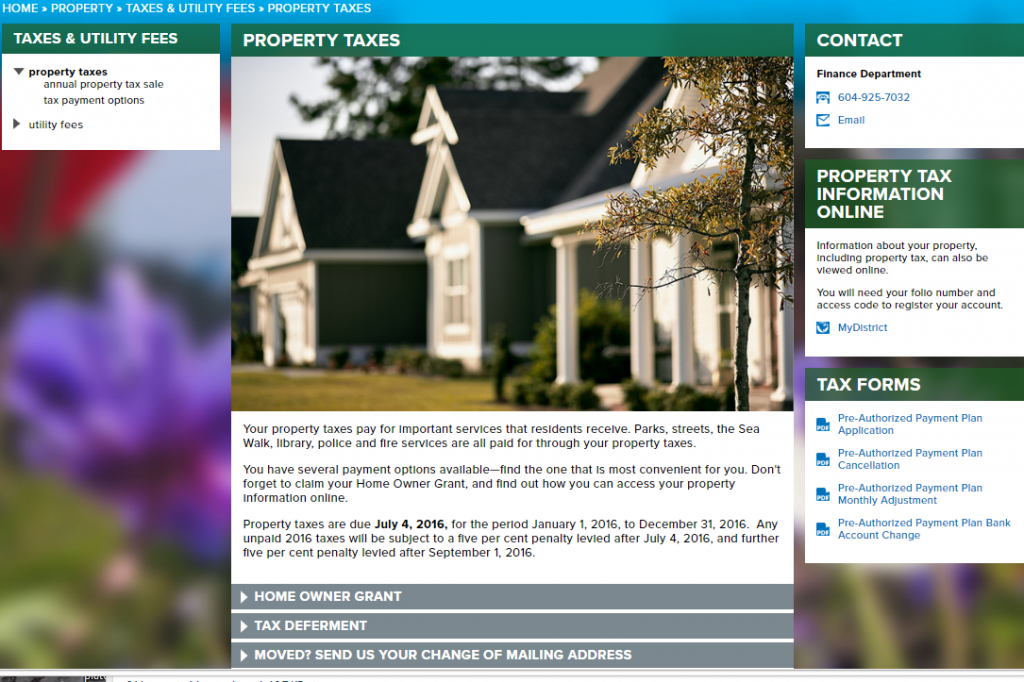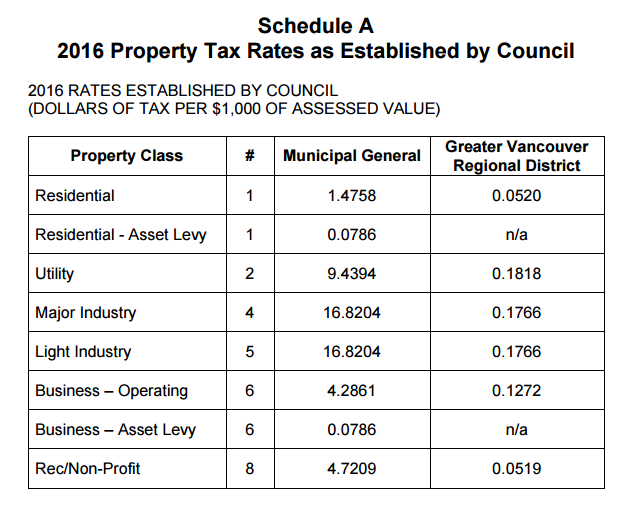TM asked—
I understand that an interim structure is going to be built in Queens park as a temporary replacement for the Arenex. Is there any idea how much this new structure will cost and how much money will remain for a future building? As well, will the cost of demolition and 24/7 security monitoring of the old site be deducted from the money received from insurance?
I’m going to be a bit less definitive than usual in answering your questions, because City hasn’t made all of the decisions on this yet.
This would also be a good time to explain to folks that some discussions that take place between the City and suppliers (like insurance companies, building contractors, etc.) may be protected by Section 90 of the Community Charter. Under Provincial Law, there are some types of negotiations that happen between the City and private businesses that are necessarily kept secret so as to not put the City in a poor negotiating situation, expose the City to liability, or undermine the confidence of potential suppliers. The results of these “in-camera” discussions are always made public if and when a decision is made (we cannot spend any money without including it in our publicly-released financial documents, and our procurement processes are always released), but during the negotiations, it is commonly required to keep things under wraps. By Section 90, talking about “in-camera” discussions, even providing some details about what topics were discussed “in-camera“, is illegal until those discussions are raised out of “camera”.
With that caveat in mind (whats with all the Latin today?) we did make an announcement back in June (which is around the time you sent in this Ask Pat – yes, I am sorry for not getting to it until now!) that we would fast-track the building of a “temporary” structure to replace the bulk of the Arenex functions, and that building should be operational in the summer of 2018. It will be about twice the size of the Arenex, which should make it a more usable space for some of the gymnastics programs, with some leftover space that may have flexible uses. This building should cost less than the insured replacement value of the Arenex, but at this point, I can’t really provide you exact numbers around this, because I haven’t seen those numbers.
An interesting point coming out of the work staff have been doing is that these “temporary” suspended steel structures have a design life of better than 20 years. They can last significantly longer with maintenance investments. The bigger advantage to us is that the site prep work is simpler than building a new “permanent” structure, and what you may lose in flexibility during the design and procurement stage, you get in efficiency of getting a building on-line. So it is possible that this “temporary” structure will provide gym spaces and other space for decades to come.
The City also went through a bit of a consultation process with stakeholders and an on-line survey back in May to guide us towards permanent solutions. The main questions were around how the Arenex loss should inform our plans for a Canada Games Pool replacement. I think CGP planning after the extensive consultation completed last year is coming along well (I am on the Mayor’s CGP Task Force), and I suspect we will be in a position to make some public announcements about that program before the end of the year. By then, we will have a better understanding about what programming will go where during the CGP/Centennial Community Centre replacement works, and where things will be when the work is completed. A “temporary” Arenex replacement opens up several options to maintain program continuity during the construction phase.
On our last question, I can only speak in generalities, but I have learned quite a bit since this event occurred about how the City insures its major assets. Insured building replacement value (which may or not be the true cost-of-replacement of the structure) is generally separate from other line items related to loss or damage to a building like business interruption, demolition, contents, engineering reviews, liability, etc. Hence, coverage for security or demolition costs would not be deducted from the replacement cost of the building, just as ICBC would not typically deduct the cost of providing a rental car from your car’s replacement value if your car was stolen.
